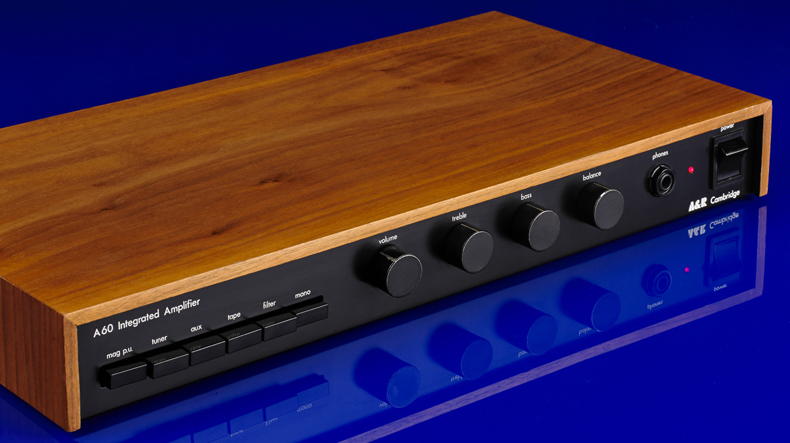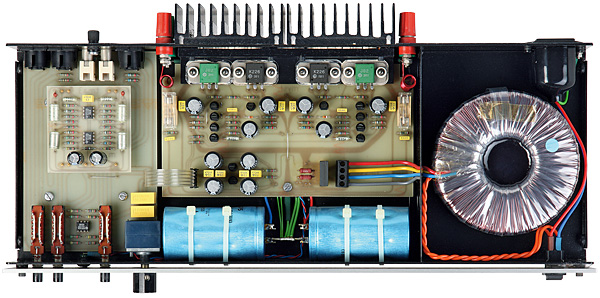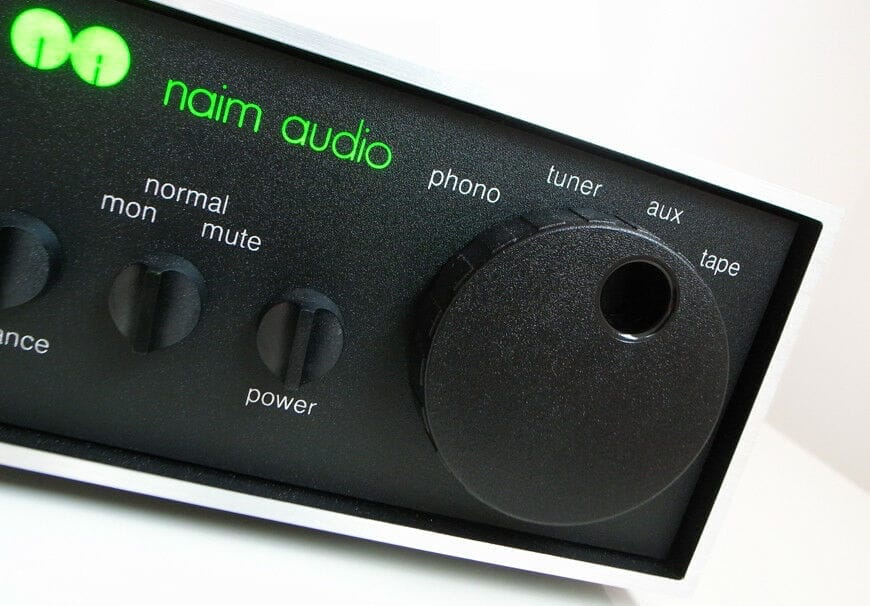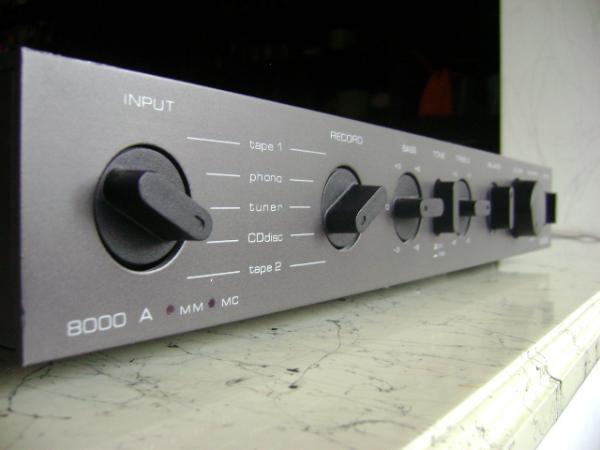This was a superb affordable audiophile valve amplifier that was launched in 2012 for the princely sum of £1,700. “The original Stereo 40 was born in 2000, and was at the heart of what we do, top quality amplifiers at a reasonable price,” said chief designer David Shaw. This is a jumble of ideas with various ‘nods’ to concepts developed by prior giants such as GEC, Blumlien, Williams, Philips, and others. This circuit has been fine-tuned over time to produce the attributes I prefer, particularly with the transformers, on which we spent many hours comparing performance and making minor tweaks to achieve what I believe is the perfect audio signature.”
The KT88 beam tetrode, first introduced by GEC in 1956, provides power by running at a low voltage yet producing a high current. Because the Stereo 40 is a general-purpose amplifier, it uses full Class A push-pull mode to deliver a stated 33W per side. Four of them are fed by 6SN7 and 6SL7 tubes, which arrived around the same time, back when we all imagined we’d all be working in flying automobiles at the turn of the century! A 274B, which is the middle valve placed into that nice looking copper top plate, is used for valve rectification.
Despite the fact that glowing bottles are the highlight of any tube amp, it’s nothing without good output transformers; they have a significant impact on the final sound. Icon Audio has installed its own hand-wound (99.9999 percent) pure copper wound tertiary output trannies, which were custom designed in Japan. The Stereo 40/III’s other central transformer is used to supply power, and it has choke regulation and eight huge capacitors in a conventional ‘Pi’ layout.
All cabling is hand-fitted and soldered, and is set out ‘point to point’ for the shortest signal routes; Icon Audio claims that using a printed circuit board would color the sound. A Japanese ALPS Blue volume potentiometer, as well as Taiwanese “audiophile quality” metal film resistors, Japanese Rubicon and Nichichon power capacitors, and SCR and Solen polypropylene audio caps, are installed. Jensen ‘oil in paper’ capacitors (£320) were available, as well as a choice of premium and “new old stock” valves (costing up to £500 more). The standard tubes are adequate, but valve enthusiasts have long recognized the sound benefits of using high-quality glassware.
The 25kg, 390x390x230mm chassis is solid steel with a nice layer of sparkling black paint and a luxurious copper top plate, as is typical of Icon Audio. The frontal 10mm aluminium alloy fascia plate has polished dark chrome alloy knobs, and there’s a rather plain valve cover that should always be used if there’s even the slightest chance that the valves will be struck by the movements of children, pets, or even adults – they run at very high voltages and aren’t as domestically friendly as some people expect.
It’s not quite as straightforward to set up as a solid-state amplifier, but it’s also not exactly electronics PhD territory. All eight valves must be inserted into the appropriate sockets; fortunately, they are all numbered. In conjunction with the bias setting control and the four trim pots on the top plate, this latest Mk III version of the Stereo 40 sports a natty retro look bias meter, which makes adjusting the output valve bias a breeze. But, because it’s properly set at the manufacturer, this shouldn’t be necessary for a long time. Icon Audio has generously included a tape monitor loop (a traditional 3-head open reel looks very lovely next to it), as well as four line inputs – something your original 1950s tube preamp would have lacked! The triode/ultralinear mode selector is the other important control on the front panel.
As amazing as the Stereo 40/III is, it can’t change the laws of physics, so you’ll need to couple it with a sympathetic pair of loudspeakers, preferably ones that are relatively easy to drive and have a high sensitivity figure (above 90dB/1w/1m is a reasonable rule of thumb). After that, you’ll find the Icon Audio to be a huge and bold performer, with a forward and engaging sound that practically leaps out of the loudspeakers in ultralinear mode. The sound is fluid, dynamic, and vibrant, with a sense of openness that makes other solid-state amplifiers look drab and congealed.
Steely Dan’s Ricki Don’t Lose That Number, for example, comes out as charmingly careless and insouciant. Even though this was coming from the great Creek Destiny 2 solid-state, the Icon Audio made it sound stiff and prone to standing on ceremony. It has a laid-back, mellifluous quality that shuffles along and makes listening to whatever song it plays a breeze. It won’t break things down for you and give you a lot to think about in a ‘hi-fi’ sense; instead, it’ll prance along in rhythm with the music like a puppy who’s just gotten past the garden gate.
Even though the bass lines on the Steely Dan track were satisfyingly fast and supple, there was the tube signature ‘bloom’ for all to hear. It costs less than the Ming Da MC368 competitor, but it still boasts about its thermionic roots a little too much for some tastes.
Everything She Does is Magic by The Police presented a fascinating test for this amp, highlighting both its strengths and flaws in equal measure. The soundstage was incredible, perhaps more expansive than you’d expect from top-tier surround sound. It’s as if someone pressed the all-powerful ‘stereo wide’ button, and your listening room is no longer the same. The voices came through gently and beautifully inside this wide recorded acoustic, and there was so much space between instruments that you could sit and languish in any of the numerous sections of the recording — my attention was drawn to Andy Summers’ guitar work, for example. Stewart Copeland’s sweet cymbal sound was also one of my favorites, although he seemed to have lost his frenetic drive. This amp is wonderful for microdynamics, but it lacks the courage to transmit one of his famous china boy cymbal crashes as well as it should.
The Stereo 40/III is exemplified by this. Whatever you toss at it, it obligingly responds with a pleasant sound — as opposed to an accurate one, of course. It’s always a joy to listen to, and it seems to be capable of making even the most depressing songs smile back at you. The truth is that this amplifier is better suited to gentler music than rock. On its own terms, the Icon Audio Stereo 40/III has nothing to complain about, with good quantities of power, a rich tonality, and a beautiful, bouncing sound, but if you demand explosive dynamics, massive tracts of bass power, and forensic detailing, you’d never buy such a thing in the first place.






